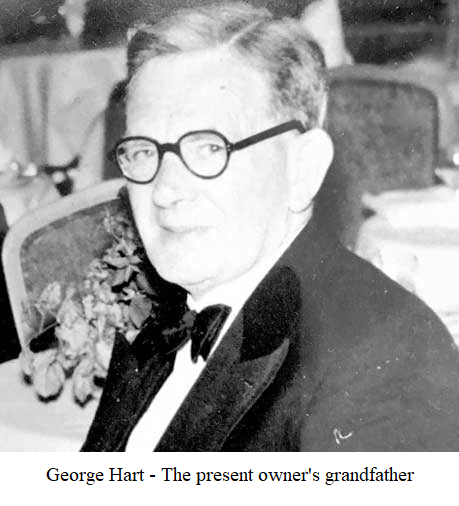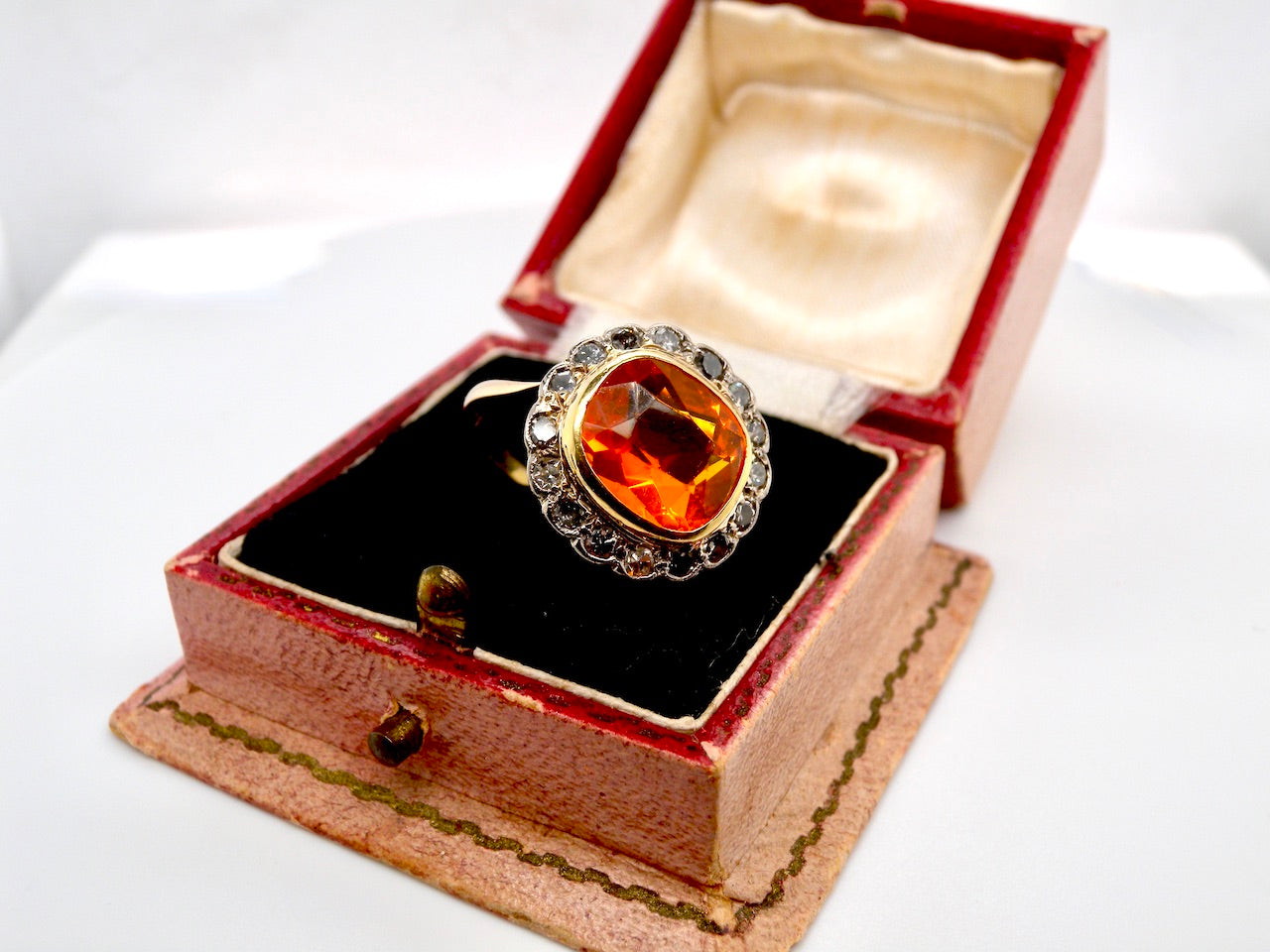The moment that stays with me wasn’t the biggest diamond we’ve ever sold. It was an early 1900s ring: an old European-cut set in a fine lace of platinum with tiny millegrain edging. When she tried it on, the stone gave off those broad, unhurried flashes you only get from older cuts. She didn’t say much just looked at her hand and nodded. That quiet certainty is why people fall for period engagement rings. They don’t shout; they belong.
At Vintage Tom (from the family behind Charles Hart Jewellers, trading for over two centuries), we handle engagement rings from across the last 200 years. We see patterns repeat what sits low and neat on the finger, what sparkles under evening light, what couples keep choosing decade after decade. The constant is simple: good design lasts.
What sets our selection apart
We choose with a loupe and a conscience. Every ring is checked for integrity before it reaches the window: claws, beads, gallery, and shank. If a piece needs work, we do it properly—no shortcuts so it’s ready for daily life.
We look for character, not just carat.
Old mine and old European cuts throw broader, warmer flashes. Edwardian millegrain looks hand-drawn, not stamped. Deco geometry has a confidence that still feels modern. These details are why you choose a vintage ring in the first place.
We keep the mounts honest.
A ring should look like the era it comes from. We avoid heavy over-polishing and fussy “updates” that erase the very features collectors love. Where we repair, we keep the period line.
We think about the wearer.
Profile matters. Some hands suit a low Victorian cluster; others want the lift of a target ring or a crown-set solitaire. We’ll put rings on and off until one just looks right—the mirror never lies.
Styles we often carry (seen from behind the counter)
Victorian clusters
Compact, bright, and wonderfully wearable. Often a raised centre with a tight circle of small diamonds. They sit low and behave themselves with sleeves and gloves.
Edwardian lacework
Platinum opens the design: airy, strong, and elegant. Millegrain edges, fine bead-setting, and old European cuts that glow rather than glitter.
Art Deco geometry
Squares, hexagons, targets, calibrated sapphire or emerald accents. Deco rings have presenceclean lines, confident shoulders, and early brilliants that still look fresh.
Mid-century classics
Knife-edge shanks, transitional/early brilliant cuts, simple settings that put the stone first. If you want “quietly classic” with a whisper of vintage, this is a sweet spot.
How we prepare a ring for its next chapter
- Security check: claws, beads, under-gallery, and any settings around the shoulders.
- Proportions: the ring should feel balanced from the side, not just face-up.
- Sizing plan: we check shank thickness and advise on reinforcement before resizing so you can wear it every day.
- Cleaning: warm water, mild soap, soft brush; no ultrasonics on foiled backs or delicate bead-set mounts.
Finding your ring (practical pointers we give in the shop)
- Look from the side as well as the top. Low profile is kinder if you’re hard on your hands; a little crown gives extra life under light.
- Watch the “rhythm” of the sparkle. Old cuts = broader, slower flashes; modern brilliants = tighter twinkle. Go with the one that feels like you.
- Try metals against skin. Platinum lifts old-cut diamonds into crisp light; yellow gold adds warmth; two-tone keeps both.
- Think about the wedding band now. Some antique shoulders sit high or square great look, but let’s check a straight band or slightly shaped band against it.
Questions we’re asked all the time
Can a period ring be resized?
Usually, yes. We check where the join will sit, the shank strength, and whether to reinforce before sizing. Done properly, it’s straightforward.
Are older rings fragile?
Good ones aren’t. The best proof is age they’ve already made it this far. Sensible wear and an annual check keep them happy.
Do older diamonds sparkle like modern ones?
Differently. Old mine and old European cuts were made for softer light, so the flashes are broader and more romantic. Many people prefer that once they see it on their own hand.
What about certification?
Some pieces come with old paperwork, others don’t. We rely on bench inspection and our trade experience; where a lab report adds clarity, we’ll say so.
Can you source something specific?
Often. If you’ve got a picture in your head Edwardian lace, Deco target, neat Victorian clustertell us your finger size and budget and we’ll keep watch.
Care that actually works
Take the ring off for heavy DIY and the gym. Avoid snaggy knits with fine claws. Clean with warm water, a touch of mild soap, and a soft brush; rinse well and pat dry. Bring it in yearly so we can check settings and tighten anything that needs it. That’s it no fuss, just habits that make a century-old ring last another one.
A note on budget (the honest bit)
Price still follows stone, setting, condition, and rarity. A beautifully made Edwardian mount with a smaller old-cut diamond can look more generous on the hand than a larger stone in a thin modern setting. Victorian clusters give outstanding presence for the money; Deco targets ask more but turn heads. We’ll show you comparisons so you can see exactly where your spend goes.
Final word
An engagement ring should feel like it belongs to you the moment you try it on. That’s what older pieces do so well they carry the calm confidence of good design and the easy charm that only time creates. When a ring glows rather than shouts, it tends to stay loved.
If you’d like to see what that looks like in person, browse our Vintage Engagement Rings and if something catches your eye, we’ll check the setting, advise on sizing, and make sure it’s ready for everyday lif
You May Also Like: Eco-friendly Sustainable Jewellery



